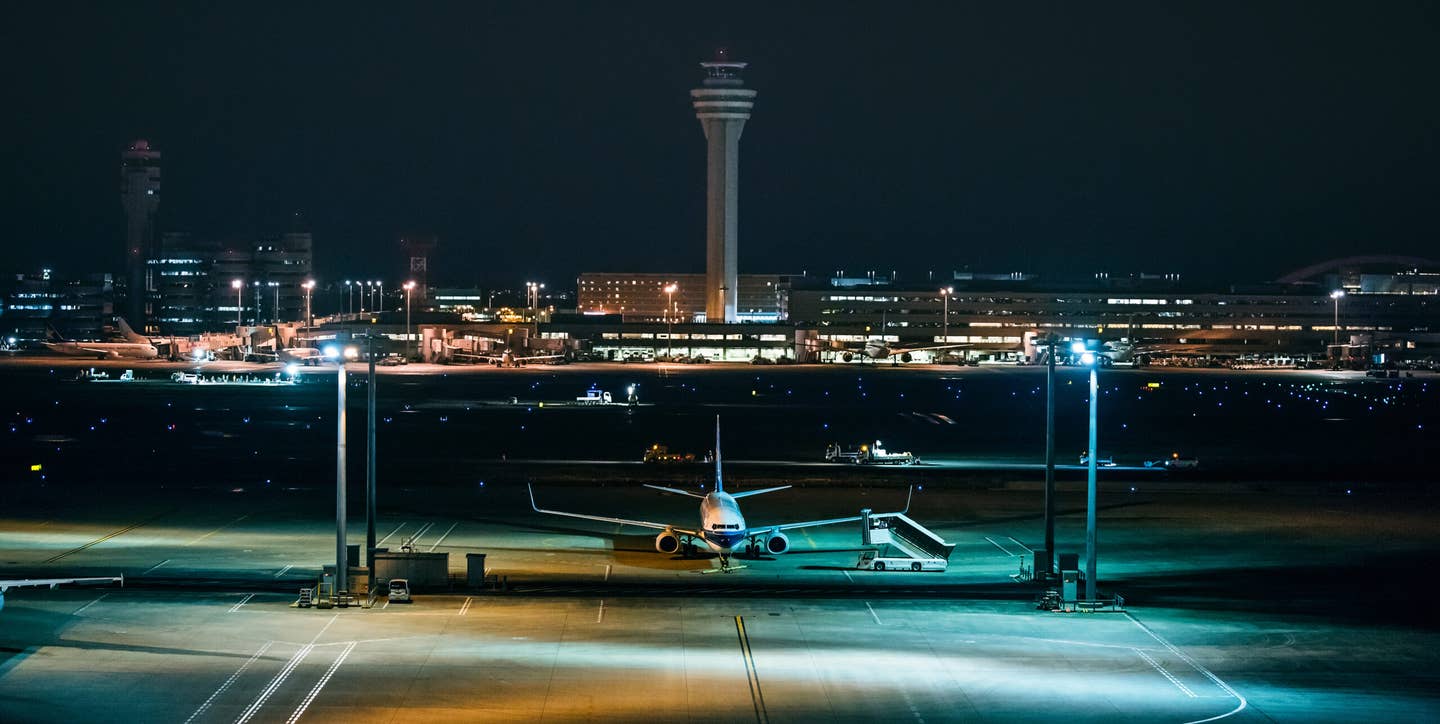Japanese ATC Recording Sheds Light on Runway Accident
Japanese aviation authorities say the Coast Guard aircraft that collided with a passenger jet at Tokyo’s Haneda Airport (RJTT) had not been cleared for takeoff.

Five people were killed when a Japan Airlines Airbus A350-900 and a Coast Guard relief airplane collided on the runway at Tokyo’s Haneda Airport. [Shutterstock]
Japanese aviation authorities say the Coast Guard aircraft that collided with a passenger jet at Tokyo's Haneda Airport (RJTT) had not been cleared for takeoff. However, the aircraft pulled onto the runway where the JAL Airbus A350-900 was cleared to land.
The captain of the Coast Guard aircraft—the only member of the six person crew who survived, told investigators he had been cleared onto the runway.
However, according to LiveATC.net and transcripts of tower communications released by Japanese authorities, the last communication between the tower and the Coast Guard aircraft was for the de Havilland Canada DHC-8 to repeat the instructions "taxi to holding point.” The aircraft was supposed to hold until given a clearance to enter the active runway.
The Japanese Transport Ministry—Japan’s civil aviation authority and version of the FAA—released a transcript of the controller communications approximately 4 minutes and 25 seconds before the accident. There is no clear takeoff clearance given to the Coast Guard aircraft, although the approaching jet was advised there was a departing aircraft as the jet approached Runway 34R and was cleared to land. The JAL pilot reads back the instructions.
The accident happened just before 6 p.m. local time. It was dark, and security video of the event shot from the terminal shows the lights of the JAL on approach, but the smaller aircraft cannot be seen from the camera angle. An explosion and a fireball followed by the larger aircraft skidding down the runway on a bed of flames were the first indications that there had been an accident.
Passengers aboard the jet reported feeling a bump, as if the aircraft struck something, and then the aircraft filled with smoke. All 367 passengers and 12 crew aboard JAL flight were safely evacuated and able to run to safety.
JAL Flight 516 was a domestic flight from Sapporo and slated to land at 5:47 p.m. local time. The Japanese Coast Guard aircraft was bound for an airbase in Niigata to take part in relief efforts stemming from the 7.5-magnitude earthquake that struck the island nation on New Year's Day, killing 48 and heavily damaging homes, commercial buildings, and infrastructure.
About the Airport
Haneda Airport, sometimes referred to as Tokyo International Airport, covers 3,716 acres and is located next to Tokyo Bay. The facility has four runways, Runway 16R/34L and 16L/34R, Runway 5/23, and Runway 4/22. The accident happened on Runway 34R. As part of the investigation, authorities are expected to scrutinize runway layout, markings, lighting, and signage.
The airport was established in the 1930s and militarized during World War II. At the end of the war, it became a U.S. Air Force Base. In 1952 the U.S. returned part of the property back to Japan, and it became the site for Tokyo International Airport. The airport is served by both international and domestic carriers.

Sign-up for newsletters & special offers!
Get the latest FLYING stories & special offers delivered directly to your inbox






